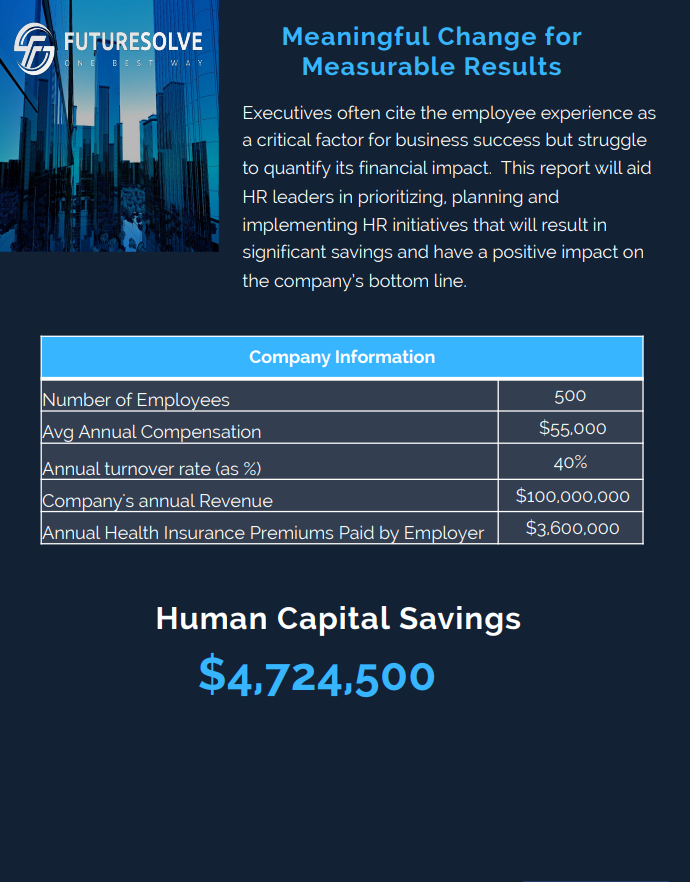Resumes are crucial to any job search process. However, let us be honest that creating the perfect ATS-friendly resume is not an easy feat. With immense variations in the number of suggestions, you might feel overwhelmed about what to do.
The internet has completely changed the recruitment landscape. As there is no more requirement of physically filling out forms and sending out resumes or cover letters through mail anymore, you are capable of applying to a lot more jobs. But so can everyone out there. This implies that a specific open position is capable of getting far more applications than organizations will have ample resources to go through.
Therefore, recruiters and hiring managers nowadays mostly use ATS or Applicant Tracking System software for helping them to organize job applications effectively while ensuring that none go through the cracks. ATS or Applicant Tracking System helps in eliminating over 70 percent of applicants before the respective resumes reach the hands of the hiring managers. Therefore, it is crucial to ensure that you create an ATS-friendly resume for the best outcomes.
What is an Applicant Tracking System (ATS)?
An ATS or Applicant Tracking System is a dedicated software solution utilized by organizations to effectively and instantly determine whether or not the particular applicant is fit for the job position.
ATS software is capable of automating scanning and processing every job application sent to the organization. Then, based on specific criteria, it will disqualify applications that are not meeting the requirements of the company. In most cases, the common set of requirements includes work experience, certifications, technical skills, and so more.
In case your resume will not get past ATS, then your application will get rejected before even reaching the hiring manager.
6 tips for the perfect ATS-friendly resume
An ATS resume is the one that is specifically designed for receiving approval from the Applicant Tracking System of the organization.
There are several simple ways to come up with an ATS-friendly resume. Some to consider are:
1. Choose the appropriate format
The overall format of the CV plays a major role in determining whether or not it will get selected by the ATS. The automated system quickly goes through different resumes and scans for important keywords or terms. Some of the important points to keep in mind while preparing your ATS-friendly resumes as per the ATS resume format are:
- Submitting the CV as a Word Document, and not as PDF files (unless requested)
- Using a font size that is no smaller than 10 points
- Left aligning the entire document
- Using at least half inches of margins
- Avoiding custom fonts, images, and unusual CV designs. They might appear pleasing to the human eye. However, they can be problematic for your resume while passing through the ATS
- Keeping information in the document’s body. Avoid putting anything relevant or important (like name, email address, and others) in the footer or header.
2. Select the right file type
In most cases, recruiters tend to specify the exact file type that is needed for the submission of the CVs. If not so, then ensure that you submit your document in the Word DOC or DOCX file type. While PDF file type might be great at preserving format and design, in most cases, it is not friendly with the resume templates.
At the same time, all-new ATS resume versions convert your document into readable format. Therefore, if there is presence of additional elements, it will ruin your entire document.
3. Create a simple layout
While designing your ATS-friendly resume, you should aim at making use of a common and simple font throughout. You can think of using bigger fonts for headers and smaller fonts for the entire content.
For highlighting your achievements, you should continue going with the bulleted list layout. Also, make it a point to choose only simple bulleted points, and not fancy ones. You can think of using a solid square or circle as the bullet point. It is because the use of any complicated character within the document might be incompatible with the algorithm of the ATS.
4. Think of convenient titles for your sections
When you put relevant titles to your sections, it helps in organizing the entire document effectively. It is recommended to frame your overall experience with some targeted keyword or a brief qualification section.
When you are applying for, let’s say a marketing position, you can simply state ‘marketing experience’ for all your professional experience specifications. Whatever you will put in your resume, make sure that it is intentional. It helps in the creation of a stronger application.
Another great instance of being intentional with the resume is making use of white spaces strategically for highlighting key points.
5. Include keywords in the right context
Keywords are short phrases or words related to specific requirements for a particular job. The system will scan the available words to come across the best candidate.
To find the right keywords, you should go through the entire job description for which you are applying. There are two types of keywords you should seek:
- Action verbs -reveal what you have achieved in the job position -like solved, maximized, created, and so more.
- Job-related skills -primary qualifications and characteristics of the job -like problem-solving, research, data analysis, and so more.
Once you have gone through the entire job posting, prepare a list of the keywords while specifying the same in your resume.
6. Don’t apply for many positions at the same firm
There is no universal rule regarding the number of jobs you should apply to in a given organization. However, for the ease of ATS tracking, you should avoid doing it.
Why Do Companies Use ATS?
Companies usually use ATS towards receiving a good number of applicants for every job. By using specific algorithms for searching for relevant keywords, companies can look forward to gaining efficiency in the entire candidate-searching process. By using ATS, companies garner ample efficiency. This helps in saving companies ample time, reducing errors, and ensuring proper tracking of every individual’s application.





























